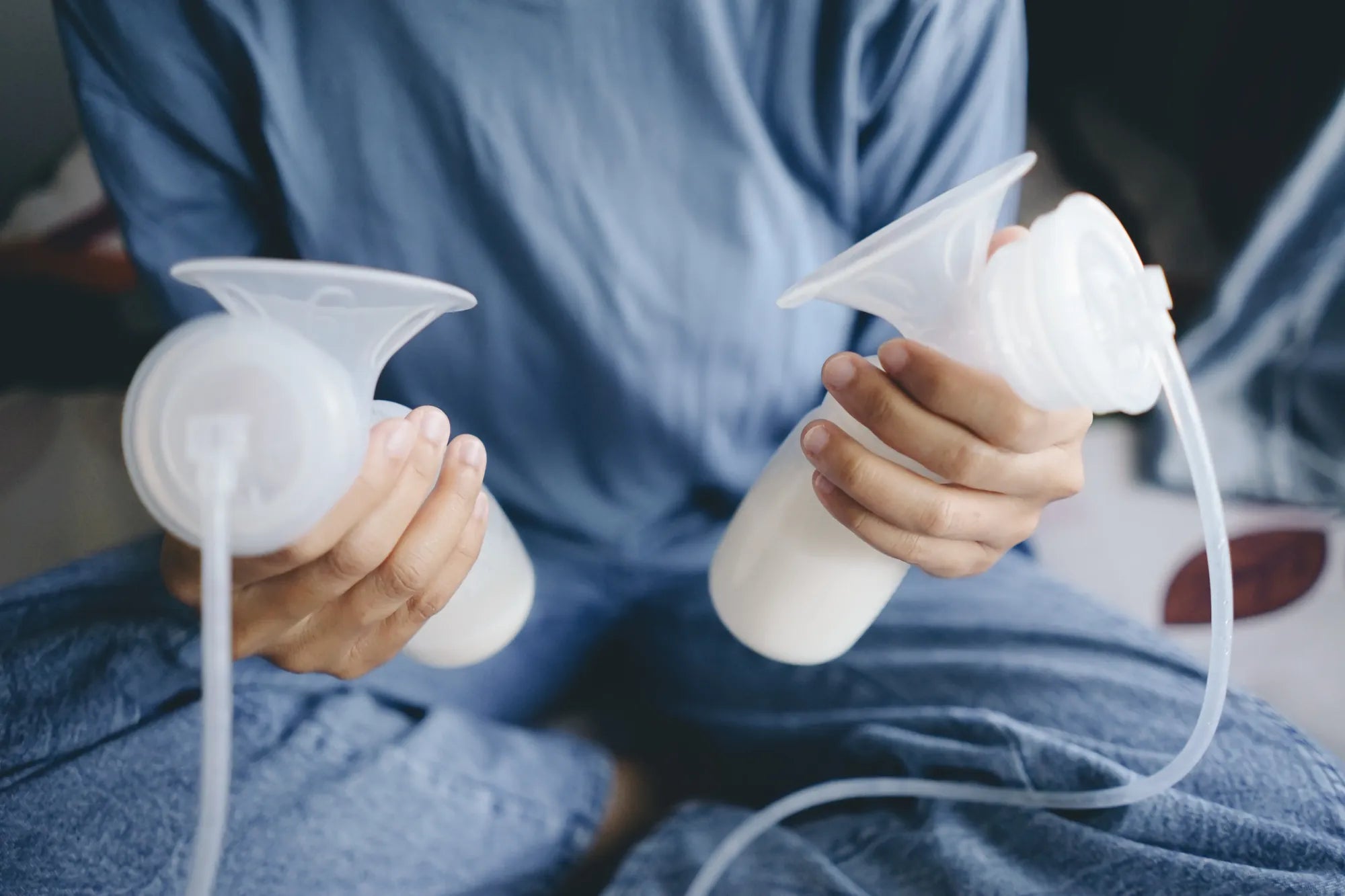Home
Pregnancy, Breastfeeding, and Pumping: The Ultimate Guide for Moms
How Big Should Breast Pump Cup Be: A Comprehensive Guide

How Big Should Breast Pump Cup Be: A Comprehensive Guide
When it comes to breastfeeding, comfort and efficiency are paramount. One of the most overlooked yet essential aspects of using a breast pump is selecting the right cup size. A poorly fitting breast pump cup can lead to discomfort, reduced milk output, and even injury. So, how big should a breast pump cup be? Let’s dive into the details to help you make an informed decision.
Why the Right Breast Pump Cup Size Matters
Choosing the correct breast pump cup size is not just about comfort; it’s about ensuring that the pump works effectively. A cup that’s too small can compress the breast tissue, causing pain and reducing milk flow. On the other hand, a cup that’s too large may not create a proper seal, leading to inefficient pumping and potential leakage. The right size ensures that your breast is properly centered in the cup, allowing for optimal milk extraction.
How to Measure for the Perfect Fit
Measuring for the correct breast pump cup size is a straightforward process, but it requires attention to detail. Here’s a step-by-step guide:
- Measure Your Nipple Diameter: Use a flexible measuring tape to measure the diameter of your nipple at its base. This measurement is crucial as it determines the size of the tunnel in the breast pump cup.
- Consider Your Breast Shape: Breast shape can vary significantly from person to person. Some women have wider or more conical breasts, which may require a different cup size or shape.
- Check for Comfort: Once you have your measurements, try on the breast pump cup. It should fit snugly but not tightly. Your nipple should move freely within the tunnel without rubbing against the sides.
Common Signs of an Incorrect Fit
It’s essential to recognize the signs that your breast pump cup may not be the right size. Here are some common indicators:
- Pain or Discomfort: If you experience pain during or after pumping, it’s a clear sign that the cup size may be incorrect.
- Reduced Milk Output: A poorly fitting cup can hinder milk flow, leading to less milk being expressed.
- Nipple Rubbing or Chafing: If your nipple rubs against the sides of the tunnel, it can cause chafing and discomfort.
- Leakage: A cup that’s too large may not create a proper seal, resulting in milk leakage.
Tips for Finding the Perfect Fit
Finding the right breast pump cup size may require some trial and error. Here are some tips to help you along the way:
- Consult a Lactation Specialist: A lactation consultant can provide personalized advice and help you determine the correct cup size based on your unique anatomy.
- Try Different Sizes: Don’t be afraid to experiment with different cup sizes to find the one that feels most comfortable and effective.
- Check for Adjustability: Some breast pump cups come with adjustable features that allow you to customize the fit.
- Monitor Your Experience: Pay attention to how your body responds to different cup sizes. If you notice any discomfort or reduced milk output, it may be time to try a different size.
The Importance of Regular Reassessment
Your body may change over time, especially during the postpartum period. It’s essential to reassess your breast pump cup size periodically to ensure it still fits correctly. Factors such as weight loss, hormonal changes, and breastfeeding frequency can all impact your breast size and shape. Regular reassessment can help you maintain comfort and efficiency throughout your breastfeeding journey.
Final Thoughts on Breast Pump Cup Sizing
Selecting the right breast pump cup size is a critical step in ensuring a comfortable and effective pumping experience. By taking the time to measure correctly, recognizing the signs of an incorrect fit, and seeking professional advice when needed, you can find the perfect fit for your unique anatomy. Remember, the right cup size not only enhances comfort but also maximizes milk output, making your breastfeeding journey smoother and more enjoyable.
Ready to find the perfect breast pump cup size? Start by measuring your nipple diameter and considering your breast shape. With the right fit, you’ll experience a more comfortable and efficient pumping session, allowing you to focus on what matters most—nurturing your little one.
Share

